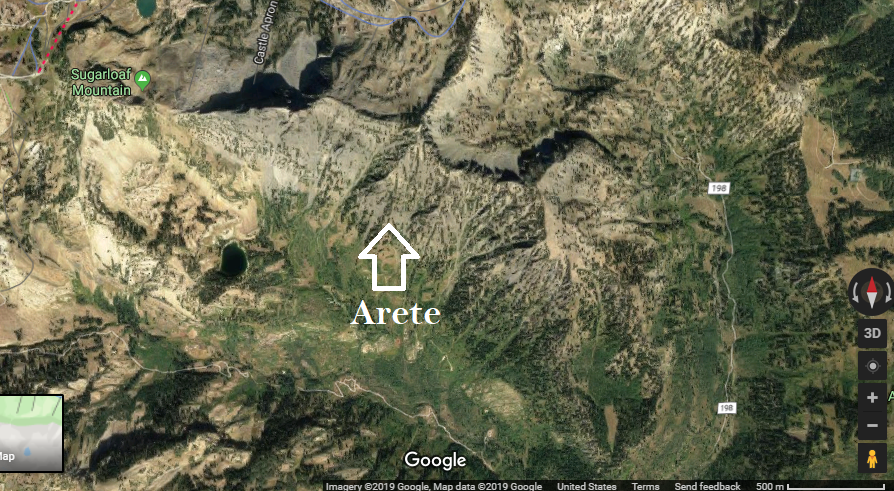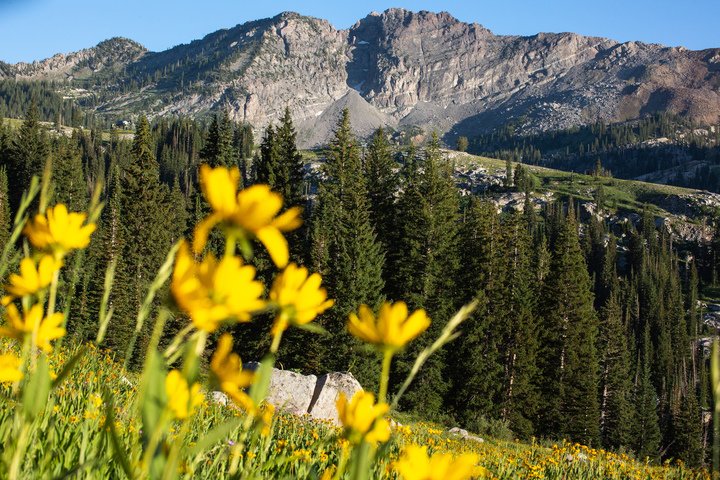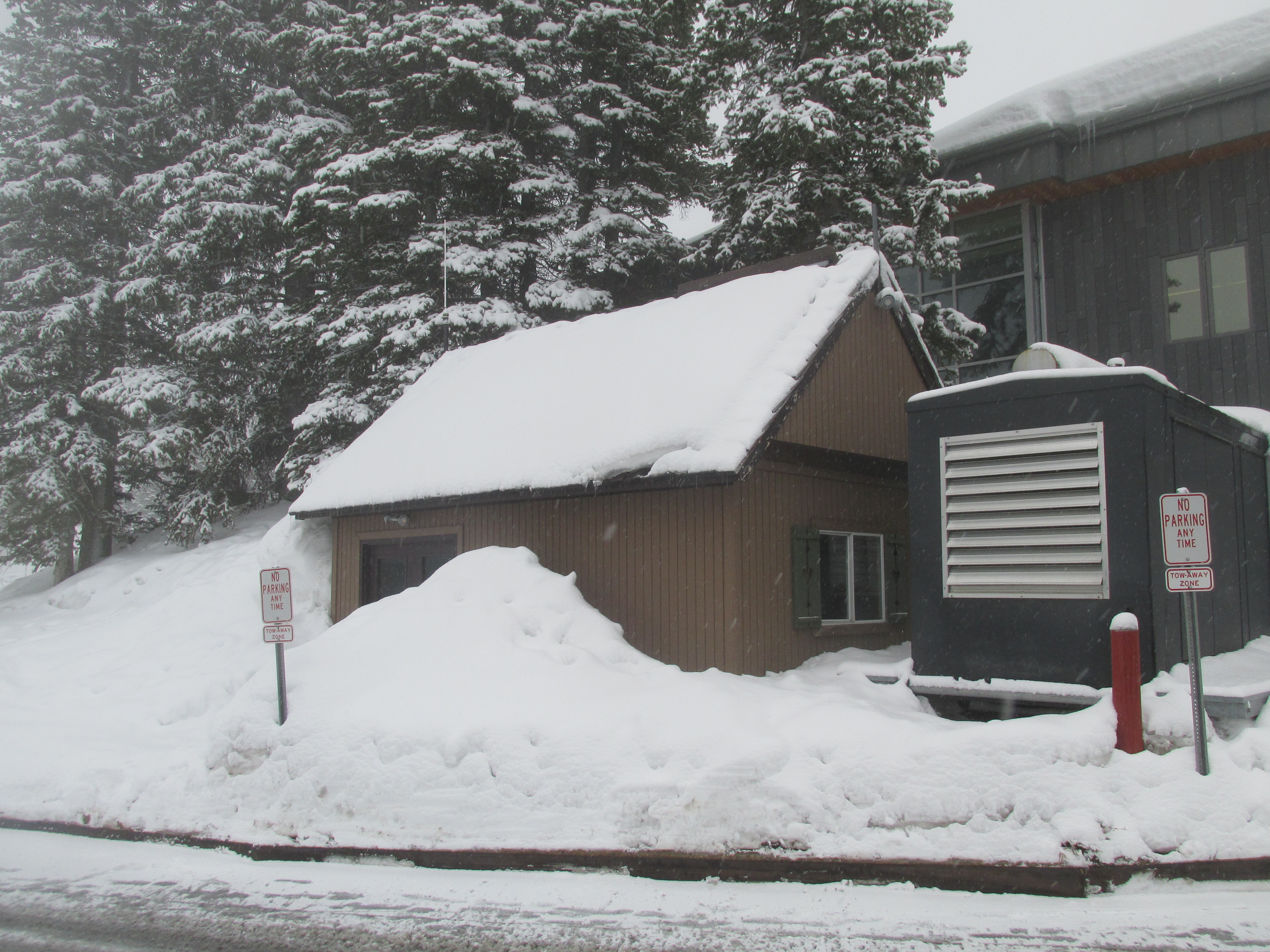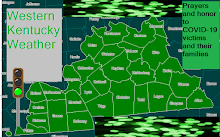Highlighted Community: Alta/Snowbird, UT
This is the start of the Northern/Utah Wasatch Mountain Range Series that we will begin today. We will start off with the Little Cottonwood Canyon which is just east of Salt Lake City in the Wasatch Mountains. Nestled in the Little Cottonwood Canyon is the land that is known for snow. Known as the land with the best snow today we will highlight the towns of Alta and Snowbird. Snowbird is a winter sports resort with skiing and especially snowboarding that features shops, restaurants, cabins, and a tram that takes up high up in the Wasatch Mountains. A few miles up the Little Cottonwood Canyon is a town turned ski resort known as Alta. Both of these are a short drive from Salt Lake City (within 35-45 minutes assuming average traffic conditions).

Geology:
The Western USA is a treasure cove of Geology. The Little Cottonwood Canyon displays rock units that range over 1 billion years in time. This area features schist and gneiss which are metamorphic rocks that are formed by intense heat and pressure that is over 1 billion years old. Beneath that is altering layers of Granite (remains of ancient volcanoes), some limestone for when the area was covered by the sea, and some shale and sandstone for when the area was either near-marine or even a desert. There is also significant glacial till as well. The granite layers in particular are very important for the town of Alta as it is within those layers that prospectors discovered silver which lead to the birth of this town.
The biggest geological features in this area include the various mountain building events known as orogenies, the faulting that resulted from those orogenies, and the impacts of glaciers. Throughout time many mountain building events occurred starting with an event called the Antler Orgeny, 350 million years ago to more recent mountain events. Currently a major fault and movement along that fault is responsible of the Wasatch Range rising relative to the Great Basin region (from Salt Lake City to Reno, NV). This fault is seismically active and due to this the general Salt Lake City/Wasatch Mountains do have a earthquake risk. As seen in Figure 2 below, this has created a very complex geology that most of us in Kentucky and Tennessee are not used to seeing. In which, older units have been shifted and moved over younger units. It is like organizing your clothes by type (e.g. socks in one place, shirts in the another, and etc.) and someone ransacks your room and you have socks in the same place that your dress shirts are located at.

The impacts of glaciers during the last Ice Age is also very important in the history of Little Cottonwood Canyon. The steep canyon walls of Little Cottonwood Canyon were formed by these Alpine Glaciers. Glaciers have tremendous erosion power and can move/pluck hundred’s of feet of rock. The U-Shaped valley (see Figure 3 courtesy of the Alta Historical Society). These glaciers also form other spectacular landforms such as Cirques which are amphitheater shaped landforms formed by the erosion of glaciers at the head of a mountain valley. Albion Basin in Alta is a classic Little Cottonwood Canyon example. An Arete is a shape ridge that is formed when two or more glaciers erode adjacent/parallel valleys (see Figure 4).




These glacial features are what makes this area such a great place for snowboarding and skiing especially for those expert and professional winter sports athletes. As the significant elevation changes (from 11,000 feet to 8 or 9k feet) and jawdropping scenery provide a perfect background for a challenging and thrilling experience.
Weather/Climate:
This will likely be the snowiest place we will ever cover in the Highlighted Community Series. This area is on the windward side of the Wasatch Mountains and is above 7,500 feet to as high as 11,000 feet in elevation. In addition, Snowbird and Alta are in the primary lake-effect snow belt of the Great Salt Lake. This combination of lake effect snow and elevation leads to one of the snowiest places in all of North America. Alta, Utah receives around 510 inches of snow a year. This year (2018-19) which was an unusually snowy year featured over 700 inches of snow. Which is more snow than Marquette, Michigan; Buffalo, New York; and Minneapolis, Minnesota receive combined. Higher elevations of Snowbird and Alta likely receive even more snow. The surrounding semi-arid to arid landscape results in lower humidity which causes the snow to take on a dry and powdery texture. This makes for some of the best possible snow to sled, ski, or snowboard on.
As far as an specific Koppen Climate Classification it depends on your elevation. The tops of the mountains such as the top of Snowbird and higher mountains around Albion Basin experience an Alpine/Tundra climate with snowcover most of the year and temperatures that are too cold year round for major trees and tall plants to grow. These areas tend to feature more shrub like vegetation and tend to grow together to protect themselves from the high winds harsh conditions much of the year.

Little Cottonwood Canyon itself, including Alta proper and the base of Snowbird would be classified as having a very cold Humid Continental Climate according to Koppen. This climate is characterized by short springs and summers and a long and extremely snowy winter with accumulating snow an certainty between October and May. The summers (July and August) do feature average high temperatures that are around room temperature (68-72F). Here you have a predominately coniferous forest with bark that helps protect the trees from the harsh and long winters.

History:
The Little Cottonwood Canyon and especially the town of Alta started off as a mining town. The Granite layers contained mineral resources and in particular silver. The first claim was staked in 1865 and by 1872 a few thousand residents were living. This was short lived as economic factors and natural hazards struck the area. Alta, in particular was suspected to terrible avalanches some which would nearly wipe out the town due to the sharp terrain differences formed by the impacts of Ice Age Glaciers. A second boom occurred in 1904 but that ended with the onset of the Great Depression. As the town struggled to survive and was at risk of being another Old Western Ghost town the mayor at the time donated the land to the US Forest Service for development of a ski area. This paid off as over time the town of Alta became one of the premier skiing locations in Western North America due to its terrain and abundant powdery snow. Because of the areas mining history the ski lifts were able to be constructed with mining equipment. https://townofalta.com/about-alta/history/
^^ The link above has more information about the history of Alta. ^^
Nearby Snowbird came along later and was inspired by the dream of a man named Ted Johnson. In 1969, Ted Johnson met a man named Richard D. Bass an oilman and rancher at a party in Vail, Colorado. The two men toured North American and European ski resorts in the late 60s and early 70s to gain inspiration to what would became the opening of Snowbird in December of 1971. It included a tram, three lifts, the Snowbird Inn, the Snowbird Center, and lodge. This would grow to include more tunnels and trams and even connections to Alta to allow for a vast expansion in terrain. See https://www.snowbird.com/history/ for more information on the history of Snowbird.

Winter Activities:
The biggest attractions at both Snowbird and Alta relate to winter sports. In Snowbird, that includes Skiing and Snowboarding. In Alta, it is ski’s only. Both areas provide several trails for winter sports. Both areas do have trails for those who are beginning and intermediate snowboarders and skiers, but many of the trails in this area due to its terrain are designed for experts. If you have beginners in your group do keep that in mind. The Albion Basin in Alta is a good beginner place for skiers in Alta and they do have some beginner runs in Snowbird. Snowbird has 171 trails and 4 lifts. Alta has over 100 runs. It should be noted that 55% of Alta’s runs are black diamond’s meaning that they are for advanced skiers only. Another advantage especially for Snowbird is that it has the longest season in Utah. Because it has been an unusually snowy season you can actually still ski Snowbird this year likely through June since they still have 116 inches of snow still on the ground. Even in a down snow year there is still often enough snow to ski or snowboard into May.
Both places are also well known for snowshoeing which is pretty much hiking with special snow boats that allow you to essentially float on the top of the snow. They also have ski schools and since they are part of the Wasatch National Forest you can also catch a tour with a nearby ranger. For those who do not ski there are great opportunities to view the scenery, go to a spa, shop, and eat at several of the restaurants specific to that area. You can even experience an avalanche control operation in which smaller avalanches are intentionally set off to prevent much bigger avalanche events.
Summer Activities (Late June- Early September)
The summers in Little Cottonwood Canyon are short but they offer abundant opportunity. Two popular summer activities include hiking and mountain biking. Fly fishing is also a popular activity in this area. Just like in the winter season you can still take the tram in Snowbird to get spectacular views of the general Little Cottonwood Canyon landscape. Unfortunately, when I was there it was way too foggy so I did not get to enjoy that feature. Another popular activity is seeing the wildflowers bloom which typically occurs in July as once snow filled landscapes blossom with plant life. Some of which you can only find in this general area of Utah. In particular the Cecret Lake hike in Alta is highly regarded and gives you excellent views of wildflowers and the general landscape.

Overall this is a very nice area that is very accessible to a major city and major airport (Salt Lake City). In matter of fact, you can actually access both Snowbird and Alta from Salt Lake City without even needing to rent a car since there are ski bus routes that run from about Late November/Early December to Early April between Salt Lake City Metro and the Little Cottonwood Canyon. There are also shuttle services that can take you from the airport to Alta and a service that can take you back and forth between various stops in the Little Cottonwood Canyon. In a state that is known for natural beauty both the Cottonwood Canyons are highly recommended. If possible I would recommend going once in the winter/ski season and once in the summer season. I went here once but unfortunately the fog did restrict my view throughout my time there and hopefully I can make it out here again during clearer weather conditions.
One caution I do need to state is to beware of Attitude Sickness especially if you are not used to high elevations (above 5,000 feet). The symptoms of Attitude Sickness are very similar to a hangover and can put a damper on your trip. I did not experience this on my trip there but everyone is different. If you are not used to high elevations I would recommend staying a night or two at a mid-elevation place like Salt Lake City to allow for your body to adjust to the higher elevations before venturing up to places like Snowbird and Alta.
Here are some additional pictures of the general area. Next up will Park City, Utah. I should have that one up by Memorial Day or maybe even later Sunday.










No comments:
Post a Comment